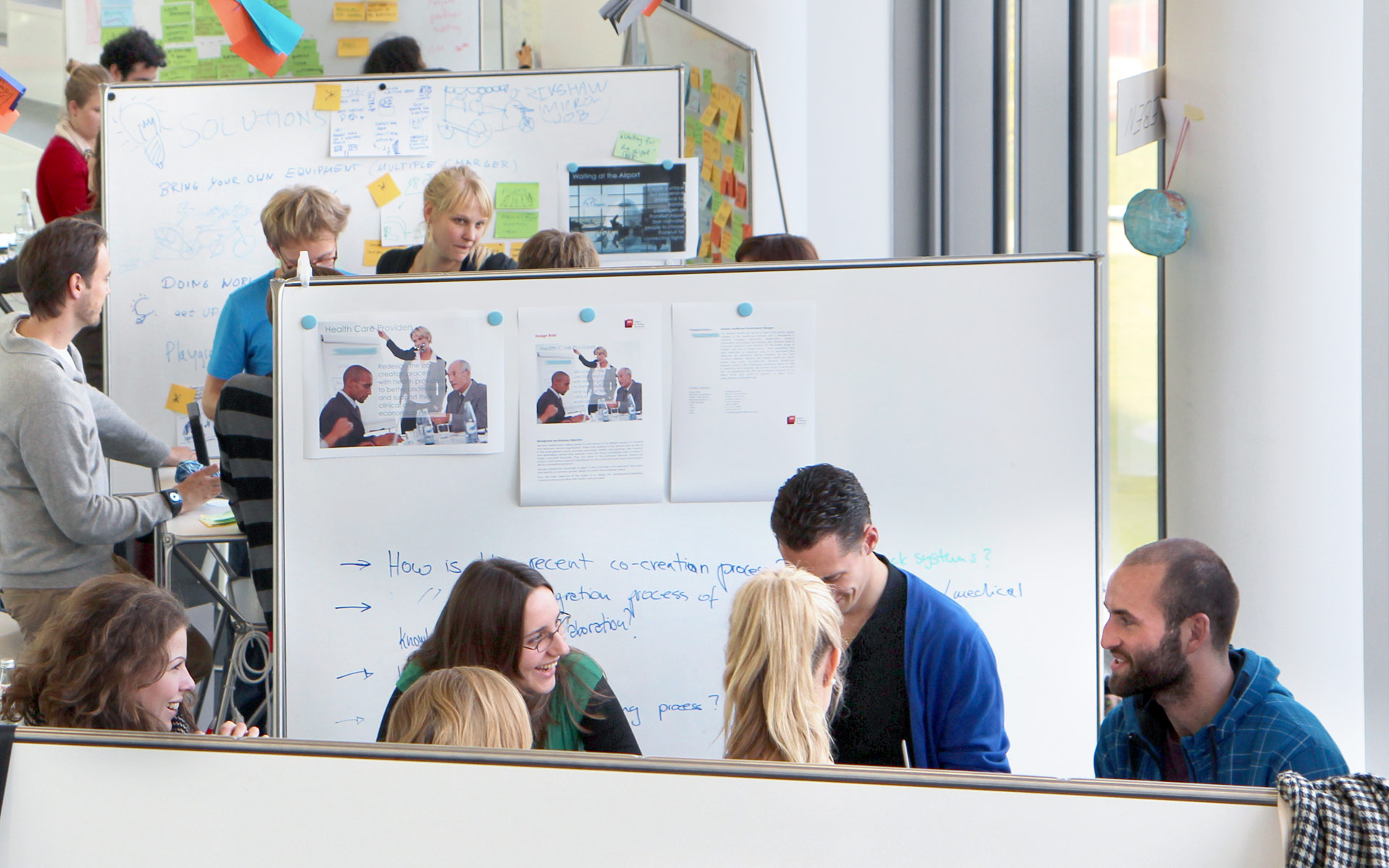PI: Prof. Larry Leifer, PhD
Abstract
Distributed design teams face barriers to design thinking that current communication technologies have difficulty mediating. Contextual clues, rapid iteration of ideas and ease of direct physical interaction are often lost. We are developing and introducing expressive, gesturing communication tools into designers’ workflows to create more direct, engaging and productive exchanges. We have found that exclusive presence, ease of engagement, implicit and explicit signaling (such as nodding and pointing), and the ability to effect physical action are key aspects of physically co-present interaction and have crucial impact on design collaboration. We have also discovered the potential for even carefully designed mediating technology to inadvertently lead to increased feelings of exclusion, uncertainty, and cognitive load for teammates on both sides of an interaction.
We aim to improve distributed design team interaction by studying how novel technologies can identify and replicate physical communication gestures. We will apply a variety of research methods, including small-scale laboratory and field experiments, technology probes and ethnographic observation in ongoing project based settings, and will continue collaborating with our industry partners, including Microsoft Research.

